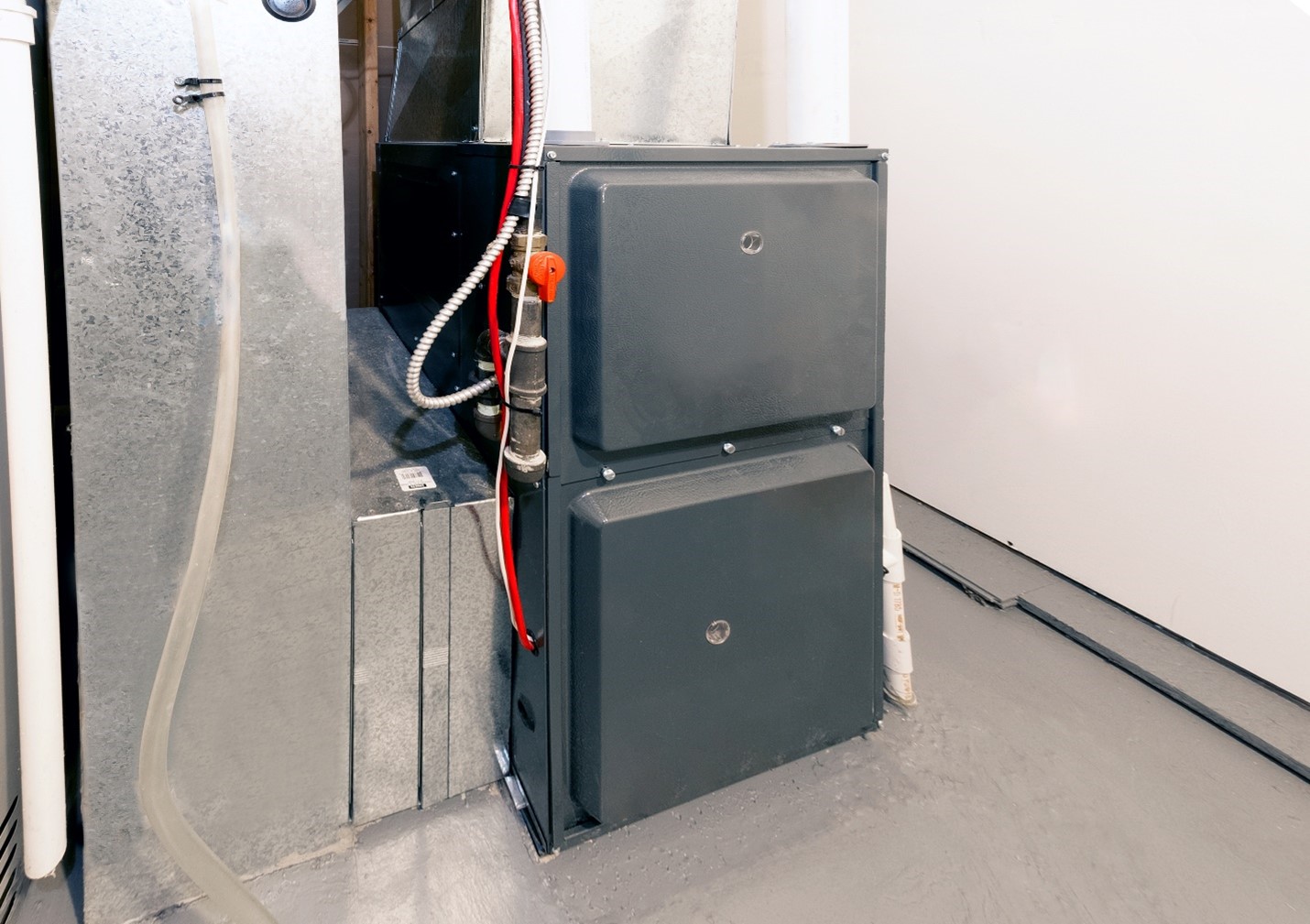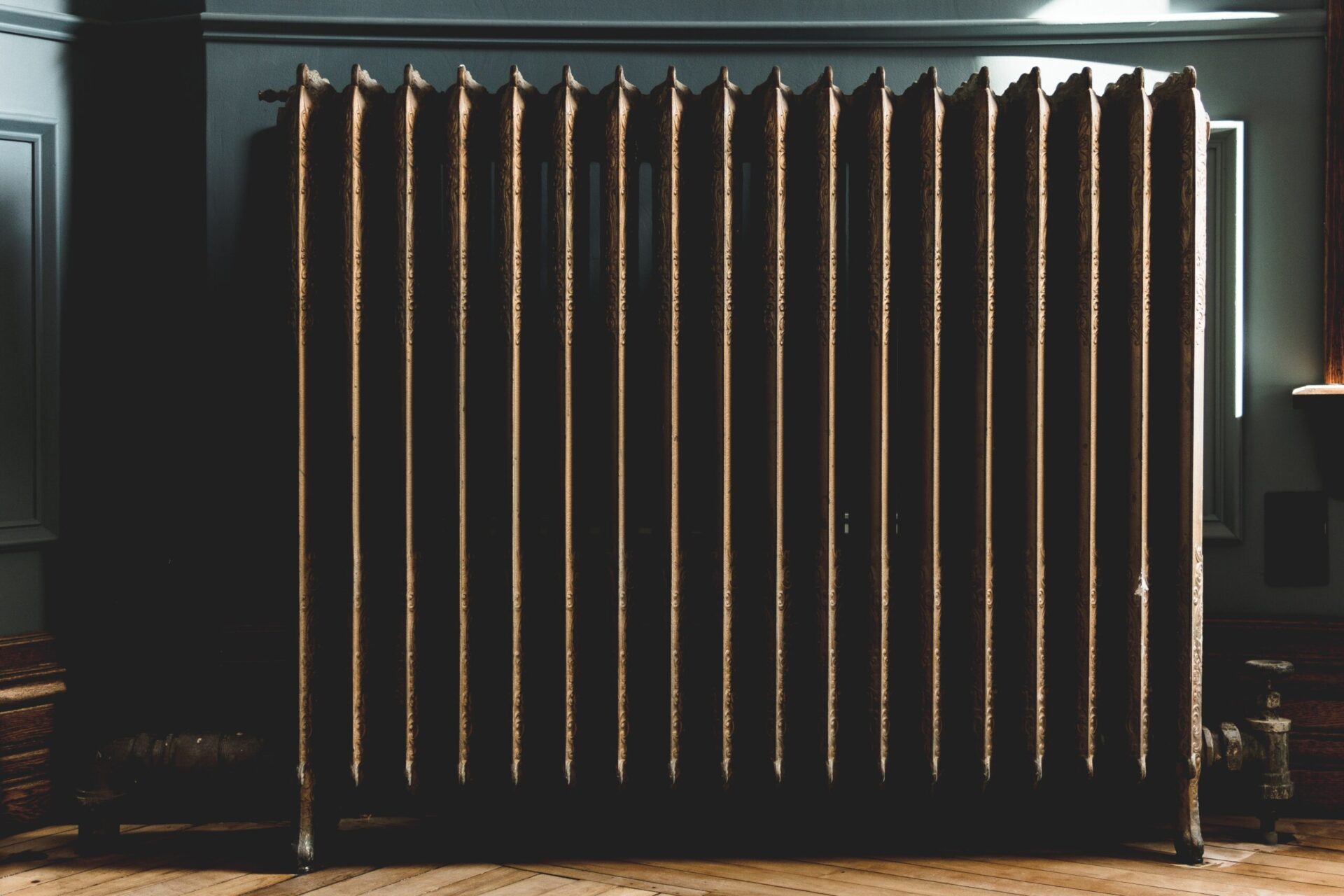How Do I Know If I Have a Furnace or Boiler?

Furnaces and boilers are among the most common home heating systems, and each comes with its own advantages and disadvantages.
For many homeowners, the terms seem interchangeable. But it’s important to know the items are different. Although both types of equipment heat homes and other buildings, they work differently to create comfortable conditions.
Knowing more about the difference between a boiler and a furnace can help you better understand how your home heating system works. It can also guide you in making future decisions about heating your home.
How can you tell the difference between a boiler and a furnace? Look for these telltale clues.
Connected Pipework vs. Ductwork
Furnaces are sometimes referred to as “forced air” heating systems. These systems are among the oldest when it comes to home heating and operate by using a fuel source to generate warm air that is forced through ducts and vents to distribute conditioned air throughout the building.
Although a furnace uses heated air, boilers heat homes using heated water or steam that circulates through pipes to connected baseboard heaters, radiant floor systems, and radiators throughout the home.
Pipes
Boilers are connected to iron or copper pipes or tubing that may be covered in insulation.
Ductwork
Furnaces are connected to ductwork, which is usually boxy looking and may be made of reflective fiberboard or sheet metal.
Radiators vs. Vents
Another simple way to tell the difference is by looking at the way heat gets distributed. Furnaces heat air and push it through interior spaces to heat them. Boilers use heated water or steam piped into special appliances to create heat throughout the home or business.
Radiators
If you have cast iron radiators, radiant floor systems, or baseboard heaters, you have a boiler. This offers the advantage of providing zoned heating that won’t dry the air out.
Vents
Furnaces rely on ductwork connected to vents throughout the home or business. This offers the ability to share ductwork and blower with air conditioning systems for combined heating and cooling.
Size and Shape
Looking at the heating appliance itself can give you a clue depending on its size and shape. Consider whether it’s compact or takes up substantial space.
Large and Industrial
Newer boilers are rectangular, but older models may be tall and barrel shaped. They may be located near the chimney, in the case of older boilers, or along the interior wall of your garage or basement. Boilers tend to have a markedly industrial appearance.
Compact and Boxy
The age of your furnace will factor into its overall appearance. Modern furnaces are made to fit into small spaces, including utility closets, garages, attics, and basements. Older furnaces are typically rectangular-shaped and still relatively small.
Furnace vs. Boiler: Standard Services It All
Although both systems provide heat for the home, each does so differently. Beyond basic functions, there are several differences between the heating systems that impact what you can expect and the care the system requires. A few of the differences between the two include:
Maintenance Requirements
All heating systems require annual maintenance to operate at peak efficiency and achieve the longest life. Standard’s annual inspections can pinpoint potential parts in need of replacement in addition to cleaning components and lubricating the system.Furnace and boiler repairs are free with Standard’s Free Service Program, as long as the work doesn’t require parts and takes less than one hour to complete.
Air Quality
Routine maintenance can help keep indoor air quality at its best while keeping your heating system running more efficiently. If you have a furnace, you’ll need to inspect and replace the air filter every 30 to 90 days in addition to annual tune-ups. Standard can help with everything from cleaning to furnace repairs to ensure your system works as intended.
Energy Efficiency
Furnaces typically offer superior energy efficiency, with annual fuel utilization efficiency (AFUE) ratings of up to 98.5%. The average for boilers is 95%, although it can be as high as 100% for electric boilers, which doesn’t have any heat loss through the chimney. Keeping up with maintenance can support energy efficiency throughout the life of the heating system.
However, if you notice energy costs rising and you have an older heating system, it may be time to replace, repair, or upgrade your furnace or boiler. Learn more about how Standard can use grant and rebate programs to help you save money while increasing the comfort of your home.
When You Need Help with Your Boiler or Furnace, Turn to Standard
Whether you have a furnace, boiler, or any other HVAC component, you can rely on Standard to provide expert repairs, replacements, upgrades, and services.
We’re the Mohawk Valley and Capital Region’s HVAC experts, and we can provide service, replacements, and advice on any system. If you’re thinking of replacing or upgrading your heating system, the easiest option may be sticking with the same type of system already installed. After all, all the essential elements are already in place.
However, we can help ensure that your heating system is in tip-top shape and offering money-saving energy efficiency.
Schedule a free consultation today or give us a call at 800-738-1424. One of our expert technicians will evaluate your heating and cooling system to determine the best course of action to save money on your home’s energy costs.


